More fern photos
houstonpat
16 years ago
Related Stories
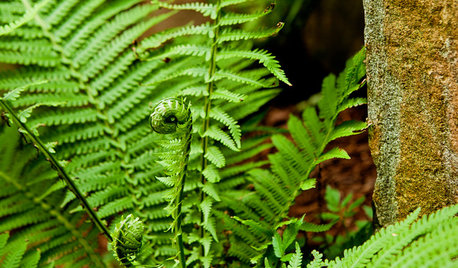
GARDENING GUIDESGreat Design Plant: Ostrich Fern (Matteuccia struthiopteris)
Try this giant among ferns for a showstopping sight in a shady or even somewhat sunny woodland garden
Full Story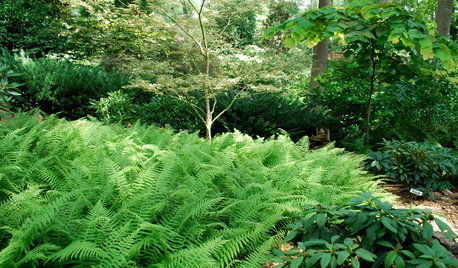
PLANTING IDEASFerns: A Shade Gardener’s Best Friend
Bring rich texture and contrast to a dark woodland landscape with wonderfully diverse ferns
Full Story
FERNSThe Indoor Gardener: Reconsider Fabulous Ferns
Delicate to exuberant, ferns come in all manner of styles and add bursts of freshness to your interior decorating
Full Story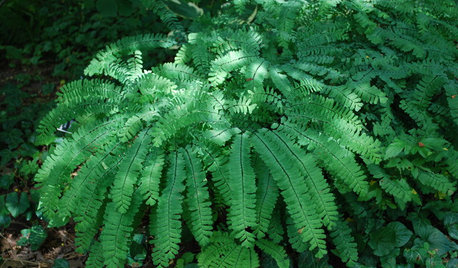
GARDENING GUIDESGreat Design Plant: Northern Maidenhair Fern Softens Shade Gardens
Stir up some romance in dark corners with the billowy fronds of native Adiantum pedatum
Full Story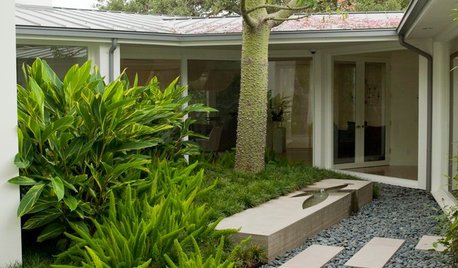
FOLIAGEGreat Design Plant: Foxtail Fern
Not actually a fern, this vivid member of the asparagus family has a distinctive appearance to awaken a garden year-round
Full Story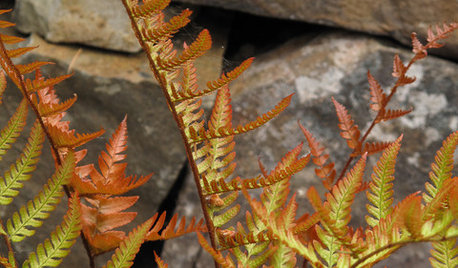
GARDENING GUIDESGreat Design Plant: Autumn Fern Adds Color All Year
Use this evergreen, easy-care fern for soft texture and coppery tints in container gardens and the landscape at large
Full Story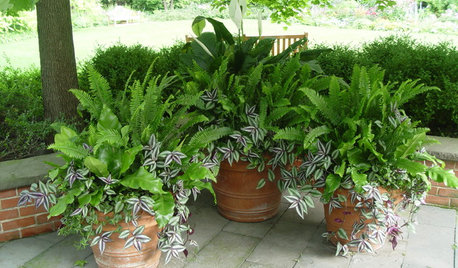
GARDENING GUIDES7 Fabulous Shade-Loving Ferns for Containers
Shade-loving ferns can add color and texture to your container designs
Full Story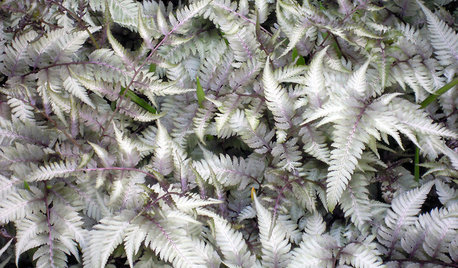
GARDENING GUIDESGreat Design Plant: Japanese Painted Fern Weaves a Garden Tapestry
Bring striking colors and texture to your woodland garden with Athyrium niponicum var. pictum
Full Story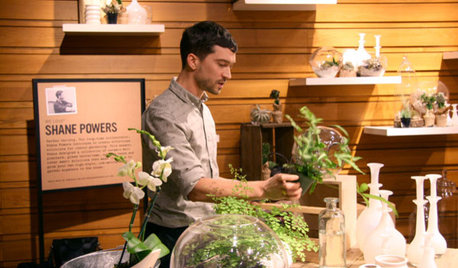
URBAN GARDENSOne Fern Day
Think terrariums are tiresome? Unusual containers and unexpected greens yield surprising offshoots
Full Story
INSIDE HOUZZInside Houzz: More Filters Make Photo Browsing Even Better
Find the inspiration you’re looking for faster with room-specific filters for the millions of photos on Houzz
Full Story





plantfreak
stephenpope2000uk
Related Professionals
Pelham Landscape Contractors · Beachwood Landscape Contractors · Dunwoody Landscape Contractors · Fairview Landscape Contractors · Spring Landscape Contractors · Woodbury Landscape Contractors · Manchester Roofing & Gutters · Plainfield Roofing & Gutters · Clarksville Roofing & Gutters · La Jolla Roofing & Gutters · Solana Beach Decks, Patios & Outdoor Enclosures · Shorewood Decks, Patios & Outdoor Enclosures · Del City Decks, Patios & Outdoor Enclosures · Little Rock Decks, Patios & Outdoor Enclosures · Wilmington Decks, Patios & Outdoor EnclosureshoustonpatOriginal Author
stephenpope2000uk
stanofh 10a Hayward,Ca S.F. bay area
stephenpope2000uk
houstonpatOriginal Author
stephenpope2000uk
stanofh 10a Hayward,Ca S.F. bay area
technodweeb
houstonpatOriginal Author